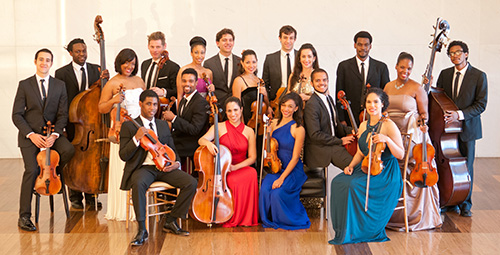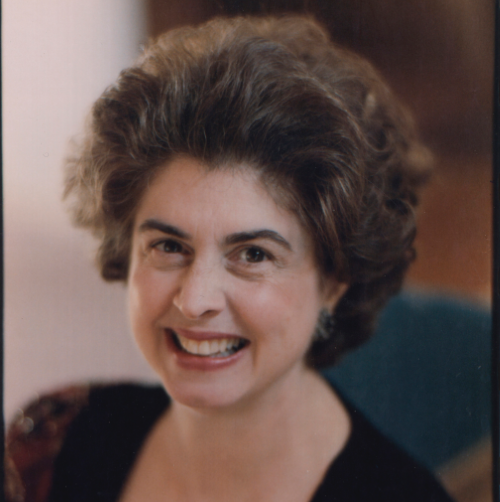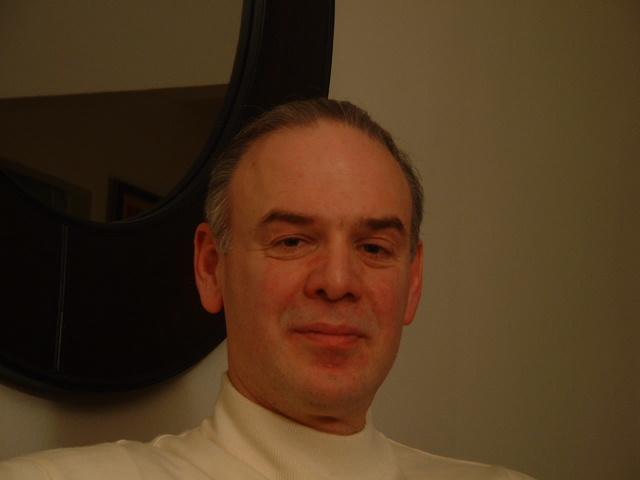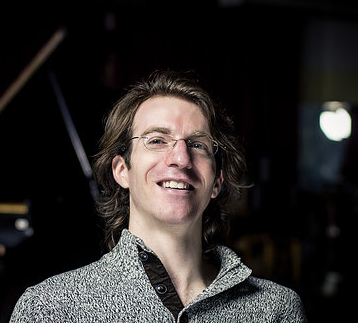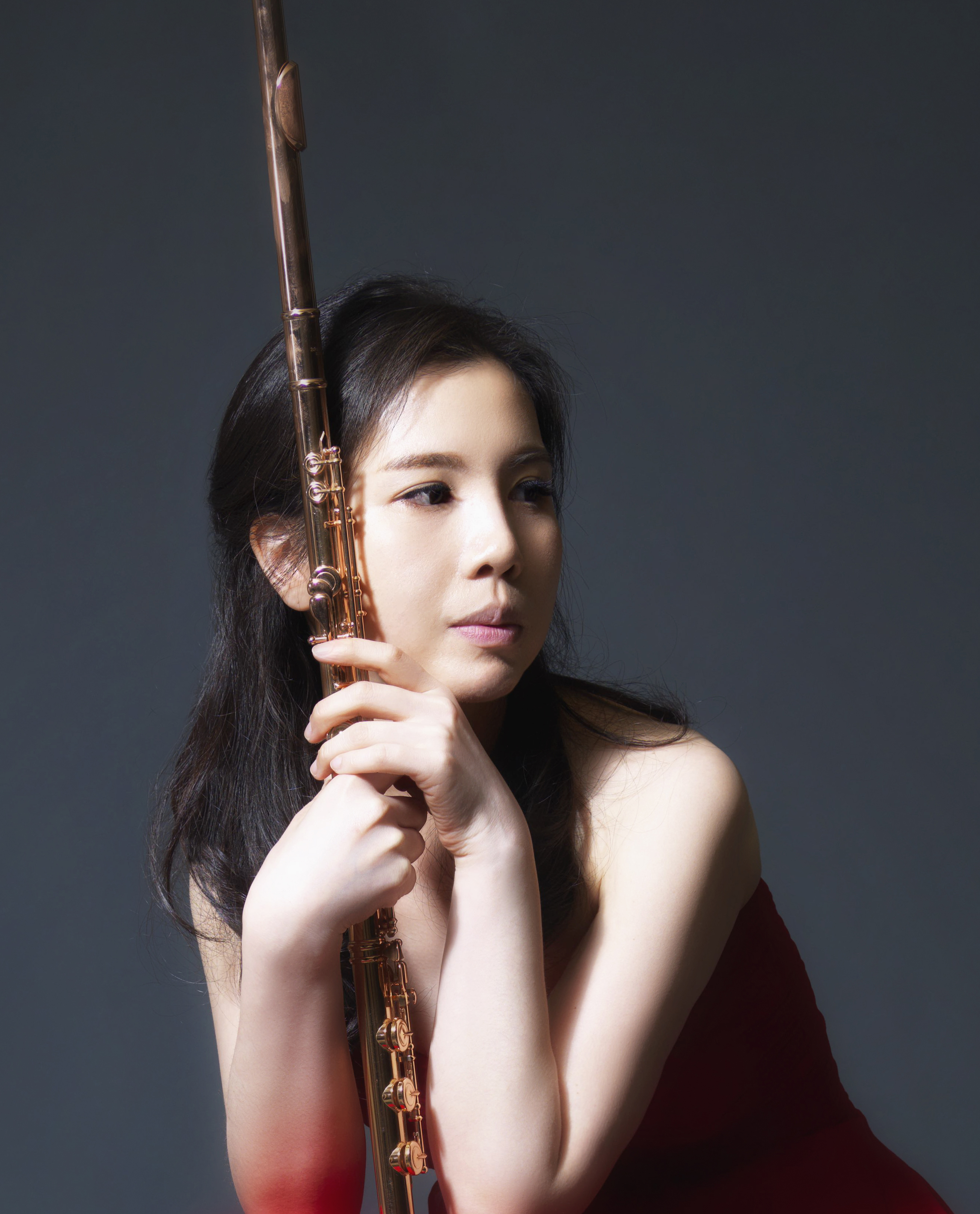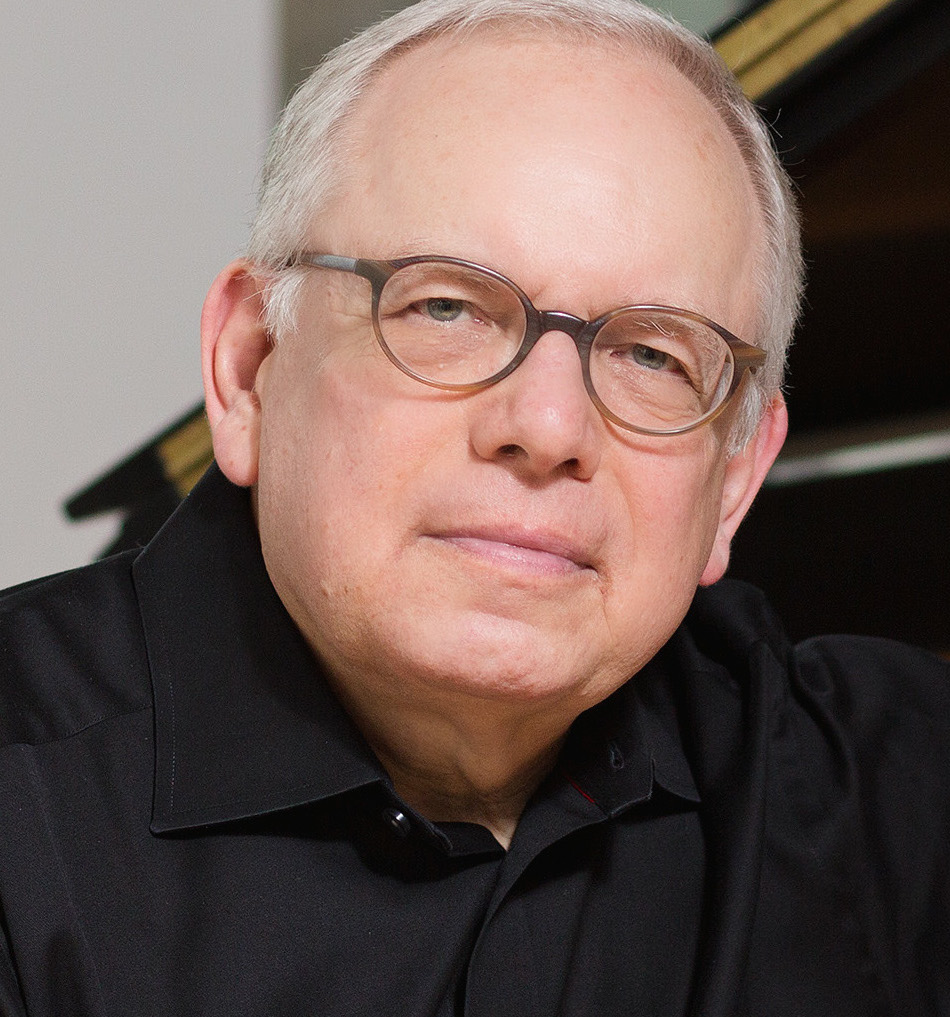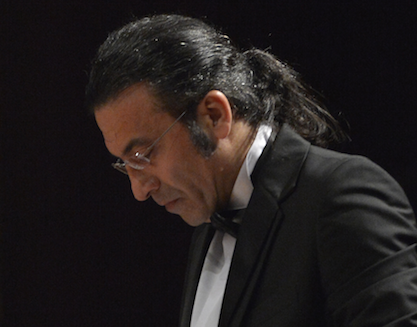Simply Music – André Hajj, Oud & Composition;
with Paul Abou Gharib, Naji Azar, Antoine Khalife, violins; Samir Siblini, Nay; Gilbert Yammine, Quanun; Rony Barrak, Rhythm, Ali Khatib, Riq
Recorded at Studio PAG (Paul Abu Gharib), Tracks: 2,4,5,7, & 9
Recorded at Joseph Kallab, Tracks: 1,3,6,8,10, & 11
https://andrehajj.wordpress.com/
A CD called “Simply Music” was recently assigned to me to review, music of Andre Hajj, a Lebanese oud player, conductor, lecturer, composer, and arranger. Now available at various sites including CDBaby ( Simply Music CD: AndreHajj ), the recording, as we are told on a side note, is expected to be of particular interest to those who like music of Farid al-Atrash (1910-1974, Syrian Druze composer, singer-actor, and oud player), Riad al-Sunbati (1906-1981, Egyptian composer and oud player), and Zakariyya Ahmad (1896-1961, Egyptian musician). Though all of these musicians left the world 35-55 years ago, their music did not, and they are idolized in much of the Arab world. Mr. Hajj, who is also immensely popular in Arab regions, possesses the musical gifts to be included in their ranks, but beyond that he possesses the youthful energy and appeal to bring his native music to the next generation. If one is interested in the music of Lebanon, Syria, and the Middle Eastern region (and current world events encourage this), this CD should be of considerable interest.
For those not familiar with the oud, it is essentially a Middle Eastern lute, in this case an especially lovely looking instrument crafted by respected luthier Fady Matta. It possesses many qualities of a modern guitar, though with its own unique timbres. Other instruments in the recorded ensembles include the qanun (a zither-like instrument), violins, percussion (including the riq, from the tambourine family), and the nay (or ney), which resembles the pan-flute in sound.
As a disclaimer, this reviewer has generally been a devotee of the traditional Western tuning system known as equal-temperament and not so much an aficionado of Arabic music, so the pitch variations of the traditional Arabic “maqams” (employing quarter tones and commas between the traditional Western semitones) are not second nature; it is good, however, to go out of one’s comfort zone, and the CD’s title itself – “Simply Music” – urges the listener to look beyond labels to the universality of music as a language.
The first and title track is “Mouci’a bass” translated as “Simply Music.” The composer states that because so many Arabic pieces are played with lyrics, and this one is not, he wanted to call it “Simply Music.” It is an accessible introduction to Mr. Hajj’s style. Starting with the kind of dramatic opening that one finds throughout the CD, Mr. Hajj’s oud resembles the more familiar balalaika here in its doleful tremolando solo, before all gets rolling with violins and a danceable folk-like rhythmic background (credited to Rony Barrak throughout the CD).
For each of the eleven tracks on this CD, there is minimal information in the liner, but I received some supplementary notes supplied by an agent of the composer. It is my suggestion that this additional information (and hopefully more) be supplied in the liner notes if there is a reissuing, as there could be broader appeal with more understanding of each piece.
The second track is somewhat mysteriously entitled “Dolce” – not quite the word brought to mind by its driving rhythmic undercurrent and repeating bass line (and largely minor mode), but interesting nonetheless. It opens with chiefly unison string lines – a stark effect resembling a midi synthesizer sound – before percussion instruments enter. The composer, Mr. Hajj, and his ensemble perform it with rhythmic elan. From the composer’s agent we learn that “this piece consists of A minor to C minor to Rast [an Arabic maqam] to A minor. This transition of these scales and Maqams in the Arabic music is very challenging. Andre Hajj makes all these transitions smoothly without making any dissonances.” We all listen for different things, and this listener has recently done much reading on and study of the maqams, but ultimately it is the melodic shape, rhythmic energy, and intensity of spirit that carry the day with this music. A Western musician can enjoy these aspects with little knowledge of the maqam, though he may subconsciously be adjusting the quarter tones and converting some of it mentally to modernized Greek modes.
The third track, listed as “Heard 1” on the disc, is also in the supplementary notes called “Music Heard.” We are told that “listening to this piece makes you think that you have heard these tunes yet in reality the tunes are fresh and that’s why it’s called Music Heard.” After hearing it even once, one does find it cycling around in one’s mind, so it could be called “Heard 100!” Melodies center on the first, fifth, and sixth scale degrees – think of an accelerated “Twinkle Twinkle” à la libanaise, with quarter tone inflections. The quarter tones here challenge equal-temperament ears even more than previous tracks do, but one starts to hear it as simply Mixolydian after a while, especially with the rustic timbres of Samir Sablini’s ney (flute) mediating, plus quite skillful playing by Gilbert Yammine on the quanun, Antoine Khalife on violin, and more percussion from Rony Barrak.
“Music Heard 2” – fast forwarding to track 6 – shares the title idea of the third track. As the composer’s notes state, it is “a piece of music that resembles Maqam Bayati and Bashraf. Again, one thinks that these tunes were heard, but in reality they are freshly composed.” To this listener, the piece is quite different from “Music Heard 1” and one’s attention is captured here again by some beautiful, atmospheric playing of the ney by Samir Sablini. It is a highlight of the collection, and one of the longer ones at just under six minutes. Pitches that might be alien to the equal-temperament crowd are softened by the wide vibrato and sensual timbres of the ney. The tones are breathy in the beautiful ethereal way that a pan flute can be.
Many of the selections on this CD seem a combination of classical and popular or folk idioms. The fourth track, “At night,” opens with a string-based introduction from Paul Abou Gharib that almost prepares one for a Vivaldi ensemble piece before taking us back to the Middle East with the characteristic modal flavor and sounds of the riq, played by Ali Khatib. The play between the dominant and flat sixth in the bass remind one of the flamenco sounds that owe so much to Arabic and Moorish influence. The supplementary comments state that this piece is a “blend of traditional and modern Arabic music in Hijaz and sama’i rhythmic mode that ends in 10/8, 16/8, 4/4, 2/4, 10/8, 2/4;” the effect, however, is disarmingly simple. It ends in a vigorous dance style that many will find infectious.
The fifth track of the CD is entitled, “Between La and Do”. The composer’s notes state that, “Between the Notes A and C, this piece is composed in A minor and C Major. This composition broke the rules of composing Arabic music using these two scales.” After the characteristic extended introduction, including some soloistic violin lines from Naji Azar, a rhythmic dance takes over. The latter part again features the tonic, fifth and sixth scale intervals (so in a way this piece could be called “Music Heard” as well). Thus there is an organic quality connecting many of the pieces on this CD, but there is still plenty of variety.
The seventh track, entitled “Flamenco” – again with a dramatic (dominant chord) introduction and some virtuosic solo playing – breaks out into a typical music for that dance style– flashy, percussive and dizzying with some exceptional virtuosity from all players. This will probably be a popular favorite of many.
Perhaps the overall favorite of this listener is the eighth track, Khawater (“Reflections”), introducing more magic from the ney of Samir Siblini, plus oud and violin. It is a captivating musical journey, so evocative of spacious Mid-Eastern landscapes that one imagines it could be used to very good effect for a film score.
The CD continues with “Ud Fantasy”(track nine), and Andre Hajj is front and center. It is as simplistic harmonically but with energetic rhythms and plenty of charisma and virtuosity from Mr. Hajj.
The penultimate track ten is a piece entitled “6 am” and adds a note of humor. The supplementary notes on the composer state that it is “dedicated to his son who used to wake up every day at 6:00 AM when he was a baby.” From the solemn, stately opening octaves one would not guess that the piece relates to the ritual of a baby’s daily awakening, but the image adds a note of humor to the set. Pizzicato strings and mischievous rests and pauses add a playful element.
The CD closes with an introspective work entitled “Last One.” It is fittingly nostalgic, opening with a sort of oud tremolo soliloquy but never bursting into the lively dance as in so many others – instead closing quietly.
Mr. Hajj is quite a versatile musician, as is reflected in the varied selections he composed, arranged and played for this CD, with some pieces being introspective and atmospheric, and some highly rhythmic and resembling more commercial popular dance music. It will be interesting to follow his career as his reputation continues to spread.
Born in 1967, Mr. Hajj was among the first conductors born and educated in Beirut. He studied at the University of Holy Spirit, Kaslik, and his biography lists that was the first conductor to give repeated television lectures on Oriental Music, starting in 2011. As a composer he has written orchestral music, chamber music, film music, and choral works, with many of his works performed by Lebanese Oriental Orchestra (which he has conducted since 2011) and the Lebanese Philharmonic Orchestra. He has regularly led performances at major concert venues in Beirut, Dubai, Bahrain, Abu Dhabi, London, Italy, Qatar, Morocco and has appeared on radio and international television. His biography states that he has demonstrated a deep commitment to elementary and secondary school music education, developing new talent and providing solo performance experience to young artists.
It should not be surprising, therefore, that Mr. Hajj’s CD shows an overall musical conception that goes beyond merely playing the oud, though he does that brilliantly. One awaits with interest his next step.
by Rorianne Schrade for New York Concert Review; New York, NY

